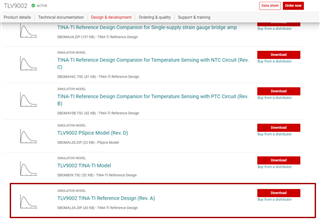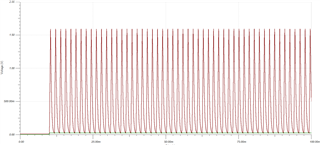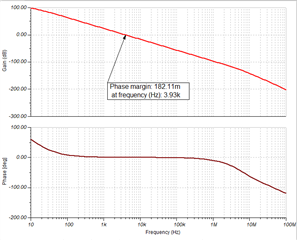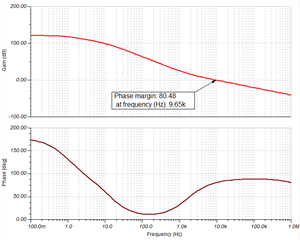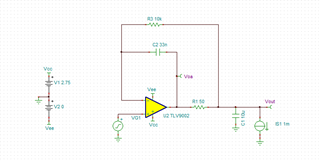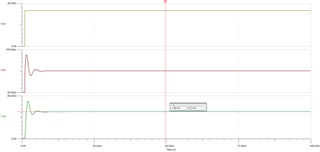Other Parts Discussed in Thread: LMV358, TINA-TI
Hello, engineers!
I have a question regarding how to use the input/output rail-to-rail operational amplifier TLV9002IDR.
I am simulating the circuit I want to design using TINA.
However, since there is no model for TLV9002, we are simulating it using LMV358.
This is what the TI homepage has recommended as an alternative.
I checked the specifications and it seems that everything except the input offset voltage is almost the same.
[Design overview]
Used in the analog circuit in front of the A/D converter.
Power supply voltage is 0V and 3.3V (3.3V is also the A/D reference) A voltage of 25mV, which is obtained by dividing 3.3V, is applied to the input voltage and used by the buffer amplifier.
Therefore, the output voltage will also be 25mV. (If there is no offset voltage etc.)
This results in a reference voltage of 25mV.
A bias voltage of 1.65V is often used when measuring AC voltage.
Think of this as 1.65V changed to 25mV.
The measurement target is a DC signal, a minute bias voltage used to compensate for near 0 in the A/D converter section.
The questions are below.
1) I am inputting a 25mV signal to the buffer amplifier, but the output is 31.09mV. What is this error?
I thought the error was about ±4mV.
2) Stable even when connected with a capacitive load of up to 10μF.
Can I trust this simulation result? (Since high frequency current flows through the operational amplifier output, a large capacity capacitor is connected.
Since it is stable with LMV358, I think it will be stable with TLV9002 as well.
Since the STEP signal is input, ringing occurs at the rise time, but this is of no concern. )
3) 1mADC flows into the output of this operational amplifier circuit. ⇒Sink operation with 1mA DC.
In addition to this direct current, an alternating current of about ±1mA/100kHz to 1MHz flows.
I am thinking of connecting a 5Ω dummy load to support sink operation of 25mV output voltage/1mADC.
I would like to use this method to ensure operation during low voltage/sink operation.
What do you think?
⇒Is it better to insert a diode to increase the operating point of the operational amplifier's output voltage?
In this case, of course, feedback is applied from the cathode.
"Yorosikuonegaisimasu"


